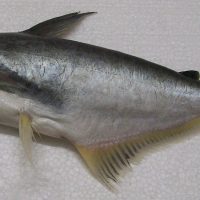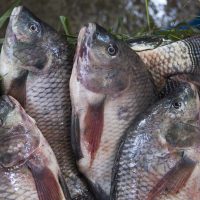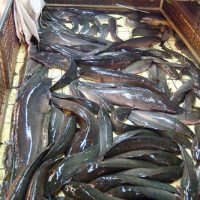Smoke-Dried Sea Cucumber (Tinapang Balatan)
Sea cucumbers (balatan or trepang) are marine invertebrates that can be processed as smoke-dried or boil-dried. They are usually prepared as delicacies, condiments for soups, noodles and other dishes, and as salad, eaten fresh or fermented. In dried form, the product contains 43% protein, 2% fat, 21% minerals, 17% moisture,...




Recent Comments